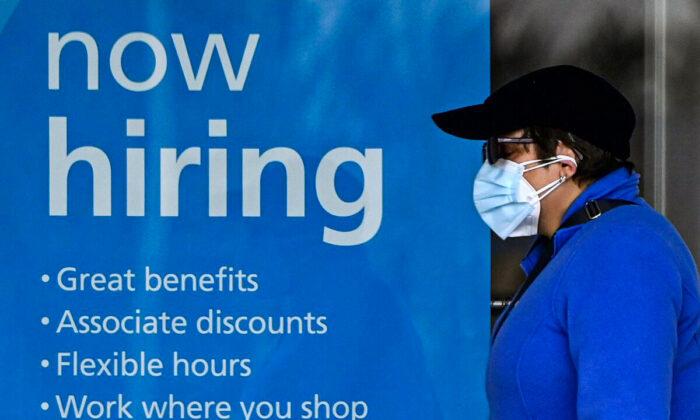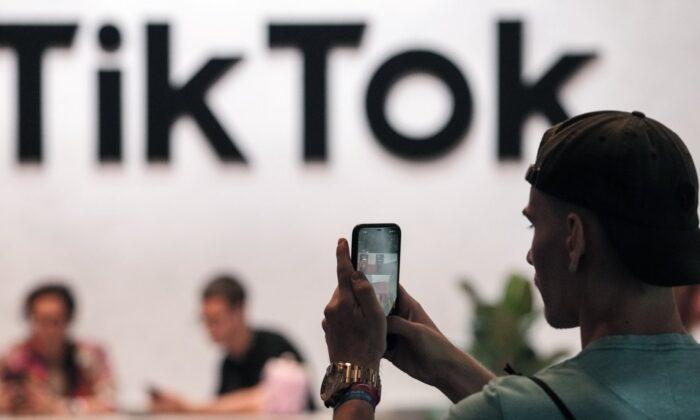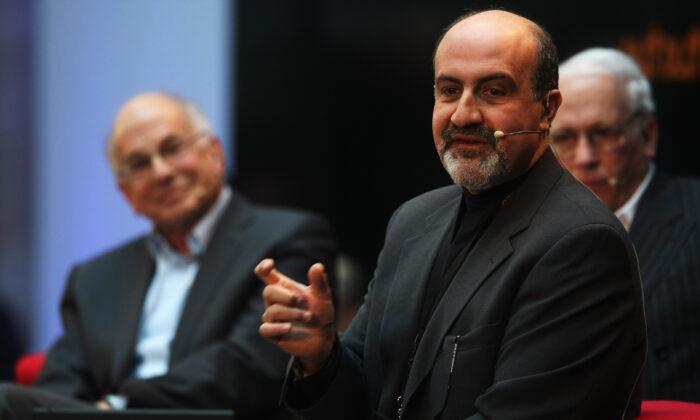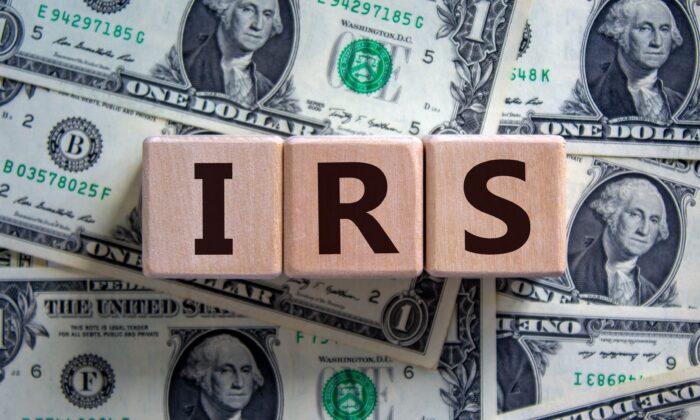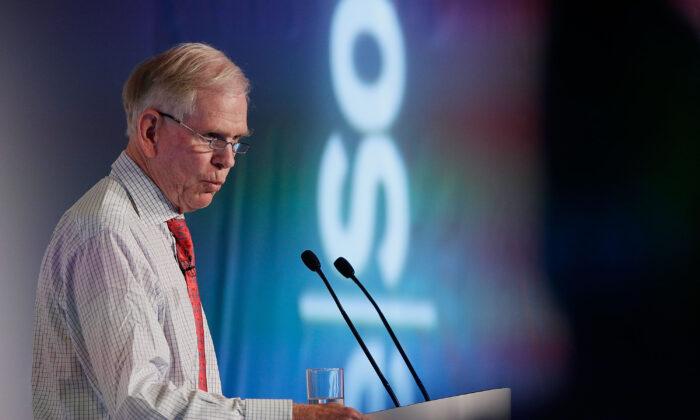The Bureau of Labor Statistics released its closely watched monthly labor report on Thursday, indicating that non-farm payrolls rose by 678,000 in February, surpassing expectations and reducing unemployment to a nearly two-year low of 3.8 percent.
The Employment Situation Summary comes hot on the heels of the monthly payroll report by ADP, which indicated a growth of 475,000 non-farm private jobs. However, the Bureau of Labor Statistics report is generally seen as more comprehensive and reliable, and is thus studied more closely than the figures from ADP.
In both reports, job growth significantly surpassed expectations. The median of a survey of Bloomberg economists predicted 375,000 new jobs in February, whereas a Reuters poll of economists estimated that payrolls would rise by 400,000—both significantly fewer than the labor reports to emerge from last month.
At 3.8 percent, unemployment is now nearing the pre-pandemic low of 3.5 percent in February 2020, with fewer than 600,000 more unemployed people counted in February 2022 than the same month two years prior.
The report also included revised data for the month of January, which was corrected to reveal a more accurate and higher payroll growth during that month. The Employment Situation Summary revised its data to show 481,000 new jobs created in January, rather than 467,000 as previously reported.
The job market took an unprecedented hit at the onset of the pandemic. In April 2020, at the dawn of the CCP virus lockdowns, unemployment was reported by Congressional Research Services at 14.8 percent, the highest rate since data collection began in 1948. However, the months since that peak have seen rapid job growth, and unemployment rates in recent months have nearly reached pre-pandemic levels as a greater number of people are weaned off of unemployment.
The recovery of the job market over the two years since the CCP virus lockdowns may be attributable in part to the monetary policies of the Federal Reserve, which have pushed near-zero interest rates as a means of rehabilitating the labor economy. These policies have largely succeeded at blunting the impact of the lockdowns on the overall economy, preventing a total economic crash and allowing for fast job growth and development.
However, the main consequence of this policy has been a stark rise in the rate of currency inflation, which recently reached its highest level since the early 1980s, according to Consumer Price Index data. This monetary policy has been a double-edged sword: While it stimulated economic growth and reliable (notwithstanding brief new waves of the CCP virus) payroll growth, it has also resulted in inflation significantly higher than levels of wage growth, resulting in a de facto pay cut (in terms of purchasing power) for anyone who didn’t receive a raise.
“Wages are up 5.1 percent over the past year, which is trailing the pace of inflation at the retail level,” Bankrate Senior Economic Analyst Mark Hamrick told The Epoch Times. “Indeed, surging prices are stealing the show on the minds of consumers.”
As the Federal Reserve prepares to hike interest rates in order to combat this inflation, it remains to be seen whether payroll growth can be sustained at current levels. However, the improved labor market puts the Fed in a better position to begin the thankless task of hiking rates.
“The economy faces challenges in the coming months, getting less help from Washington,” Hamrick elaborated. “In addition, the interest rate environment is in transition with Federal Reserve Chairman Jerome Powell signaling an increase of 25 basis points beginning at the March 16 meeting.”
